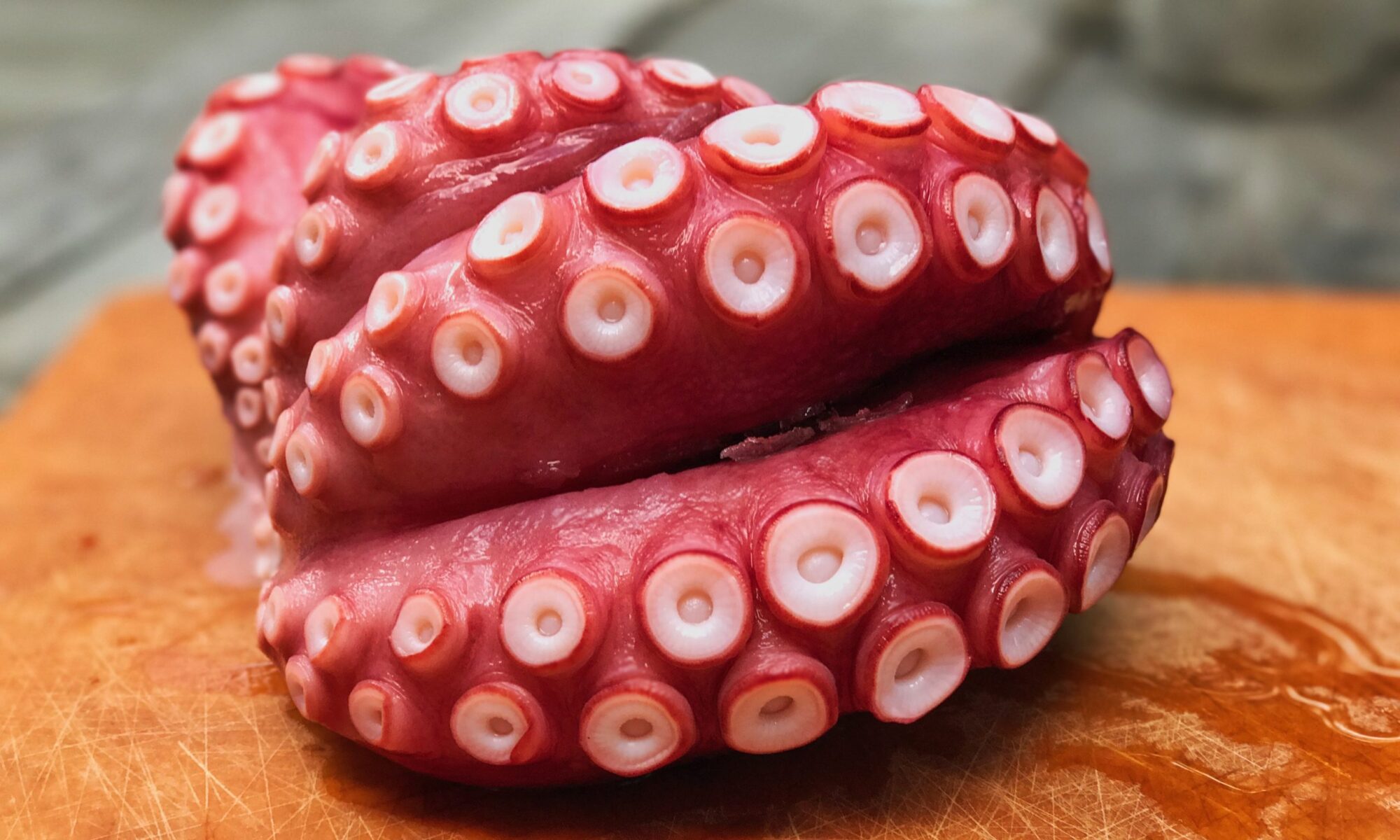As consumers, we’re conflicted. We want the products we purchase to be pristine, untouched by human hands. But the very thing that keeps products perfect on the long trip from Asia is the thing that drives us nuts when we get the product home — the “ubiquitous plastic clamshell, resistant to scissors, razor blades and loud swearing.” Washington Post says consumer frustration with plastic clamshells has reached an all-time high, and that alternatives are finally on the way. This may be the last year we have to fish our items out of the dreaded translucent sarchophagi.
This year, Consumer Reports magazine gave an award for the worst plastic clamshell packaging to a warehouse-store version of a Uniden cordless phone set: It took 9 minutes 22 seconds to unwrap completely and nearly caused injury to the person opening it. According to the Consumer Product Safety Commission, injuries from plastic packaging resulted in 6,400 visits to emergency rooms in 2004.
The article barely touches the larger issue of the environmental impact of all that plastic, but hints that future packaging may be some kind of cardboard/plastic hybrid. But for me, that begs the question: What percentage of products could be successfully shipped and stocked with no packaging at all? Obviously not everything, but what’s wrong with sticking 100 widgets in a cardboard box with some kind of low-impact filler for padding, and letting us select items au naturelle from a crate, as is common with low-cost items found in your local Chinatown, or like virtually everything at Crate and Barrel?
Yes, theft prevention is also part of the equation, but let’s be creative here. We don’t just need different packaging – we need less packaging. A lot less.
The Packaging hall of shame is a nice idea but a small project. Someone could spin that idea off into a great little dedicated web site, collecting images and descriptions of heinous packaging from around the world.
